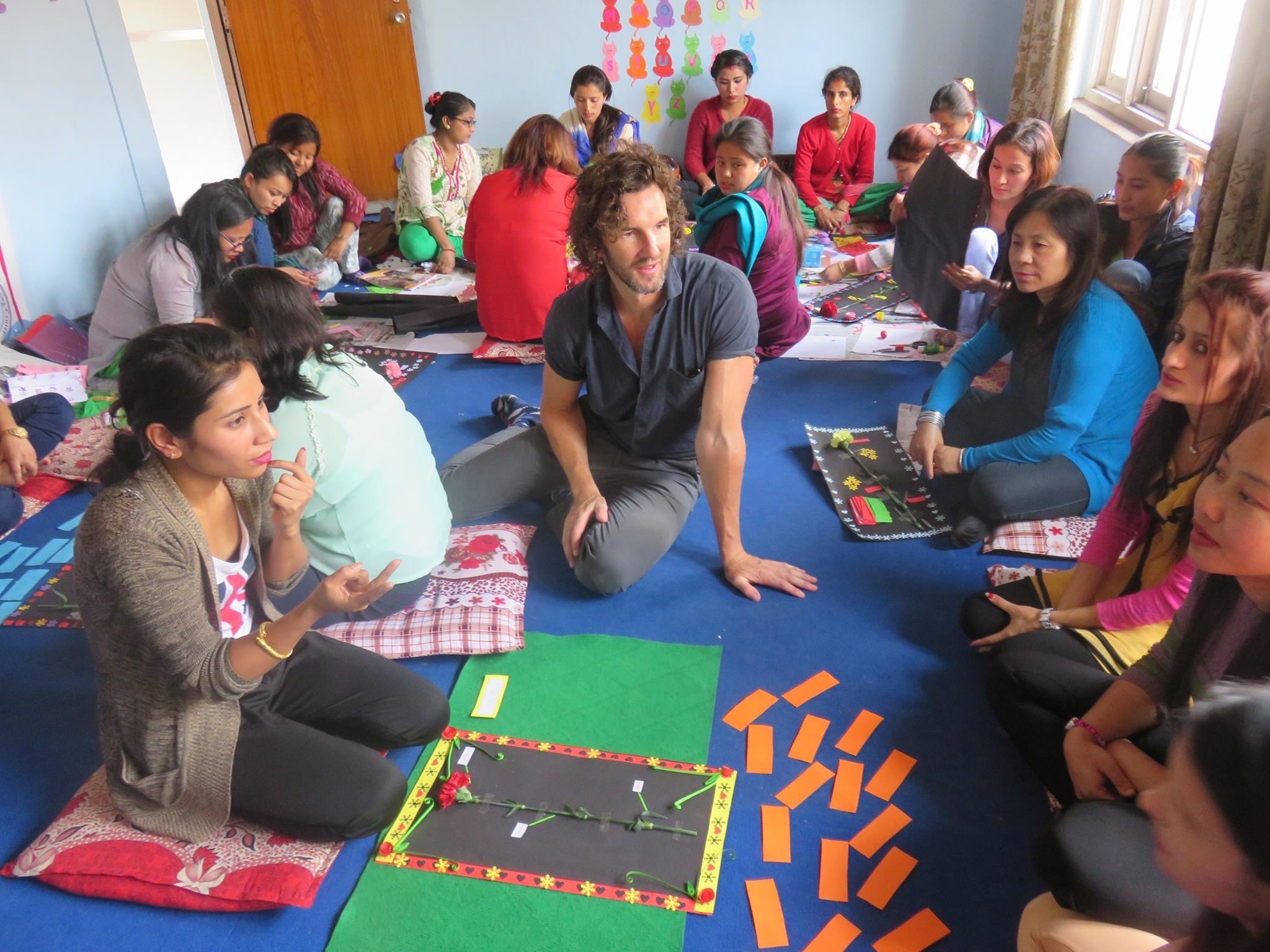The Montessori method has been widely admired for its innovative approach to education. At the core of its philosophy is the concept of ‘big work,’ which emphasizes the importance of meaningful and engaging learning experiences. This blog post will explore the concept of big work and provide suggestions on how schools around the world can incorporate this method into their mainstream classrooms to foster a more effective and engaging learning environment.
What is ‘Big Work’?
Big work is a term used in Montessori education to describe projects and activities that are deeply engaging, purposeful, and require sustained concentration from the child. These activities are typically hands-on, practical, and promote the development of essential skills, such as problem-solving, critical thinking, and collaboration. By engaging in big work, children become active participants in their learning process, building a strong foundation for future success.
How to Incorporate Big Work in Mainstream Classrooms:
- Encourage Child-Led Learning:
One of the key principles of Montessori education is to follow the child’s interests and curiosity. To integrate big work into mainstream classrooms, teachers can encourage students to take ownership of their learning by providing opportunities to explore topics that genuinely interest them. This approach not only increases engagement but also fosters a sense of autonomy and intrinsic motivation.
- Create a Prepared Environment:
A well-prepared environment is crucial for big work to thrive. Mainstream classrooms can be adapted to incorporate Montessori principles by providing a variety of materials, resources, and inviting spaces that cater to different learning styles and developmental levels. This can include sensory-rich stations, quiet reading nooks, and collaborative work areas to encourage exploration and independent learning.

- Implement Hands-On Learning Opportunities:
Big work emphasizes the importance of practical, hands-on experiences that connect learning to real-world situations. Teachers can incorporate this aspect by designing project-based learning activities, where students work collaboratively to solve real-world problems, conduct experiments, or create tangible products. This approach not only strengthens critical thinking and problem-solving skills but also allows students to see the direct application of their learning.
- Foster Peer Collaboration:
Montessori education values social interaction and collaboration among peers as essential components of the learning process. To incorporate this principle in mainstream classrooms, teachers can encourage students to work together on projects, share ideas, and provide feedback to one another. This collaborative approach fosters a sense of community and helps students develop essential interpersonal skills.
- Encourage Reflection and Self-Assessment:
Reflection and self-assessment are crucial for students to develop a deeper understanding of their learning process. Teachers can integrate this principle by providing opportunities for students to reflect on their work, assess their progress, and set goals for improvement. This approach not only helps students become more self-aware but also fosters a growth mindset and resilience.
Incorporating the concept of big work in mainstream classrooms can lead to a more engaging, purposeful, and student-centered learning environment. By adopting Montessori principles such as child-led learning, hands-on experiences, and peer collaboration, schools around the world can create a learning experience that promotes the development of essential skills and fosters a lifelong love of learning.









One Response
We are expanding our program and now the children up to the age of 8 years old will also be there in the environment. The points mentioned above are quite useful in preparing the material and the activities. However, it would be nice if these points included some sort of examples to make it simpler to incorporate.